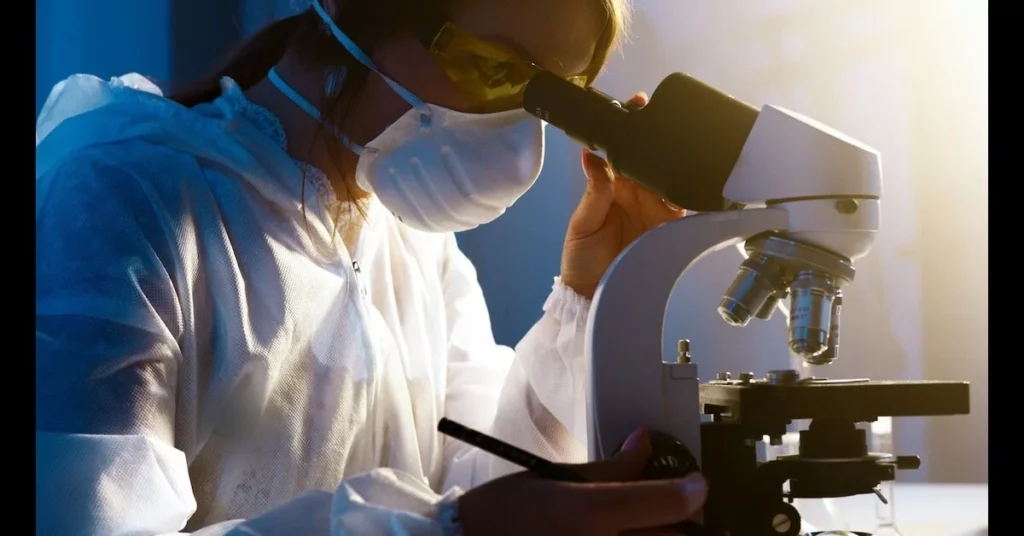Navigating Paternity Tests in Melbourne: A Comprehensive Guide
Navigating the complex world of paternity testing can be a daunting task, especially in a populous and diverse city like Melbourne. Understanding the significance of establishing paternity, the methodology of the testing process, and the implications that come with the results, are critical in making an informed decision. In this guide, we will explore the essential aspects of undergoing a paternity test in Melbourne, ensuring that you are well-prepared to proceed with certainty and peace of mind.

The Importance of Paternity Testing
Paternity testing serves a practical purpose in various facets of social and legal interactions. For individuals seeking clarity about a biological relationship, a paternity test provides concrete evidence about the father-child connection. Such tests are also vital in resolving disputes related to child custody, child support, and inheritance, among other legal matters. In addition, they can be essential in immigration cases where evidence of biological relationships is required.
Types of Paternity Tests Available in Melbourne
In Melbourne, there are different types of paternity testing options available, designed to cater for a range of circumstances. These tests are typically classified into at-home testing kits and legal tests. At-home tests can be done for personal knowledge and peace of mind, while legal tests are admissible in court and may be necessary for the abovementioned legal proceedings.

At-Home Paternity Testing
At-home paternity testing provides individuals the convenience of collecting DNA samples in the privacy of their own home. Such tests require cheek swabs from the alleged father and child, which are then sent to a laboratory for analysis. It is important to note that while at-home tests are accurate, they are not generally accepted as legal proof of paternity due to the lack of a chain of custody in sample collection.
Legal Paternity Tests
On the other hand, legal paternity tests require a stringent process where the sample collection is witnessed and documented by an unbiased third party, ensuring the chain of custody is maintained. This process certifies that the samples are indeed from the purported individuals, thereby granting the results legal credibility in court and other official settings.
Selecting a Testing Facility
Choosing the right facility to perform a paternity test in Melbourne is crucial. An accredited and reputable laboratory should be at the top of your checklist to guarantee high-quality and reliable results. Look for laboratories with certifications from recognised accreditation bodies, and do not hesitate to ask about their testing process and privacy policies.

Understanding the Testing Process
The testing process typically begins with sample collection, often via non-invasive buccal swabs for cheek cells. These samples contain the DNA required to perform the test. Next, laboratory technicians will extract and analyse specific markers in the DNA to determine if a biological relationship exists between the tested individuals. The process is complex but highly precise, utilising advanced genetic analysis techniques.
Preparing for the Paternity Test
Preparation for a paternity test is relatively straightforward. For at-home tests, it’s important to follow the supplied kit instructions carefully to avoid any contamination. For legal tests, you may be required to present identification and adhere to the appointment schedule and process as outlined by the facility.
The Wait for Results
Once the samples are submitted, the waiting begins. The duration before results are available can vary depending on the laboratory’s workload and the type of test conducted. A typical turnaround time is a few days to a few weeks. During this period, it is essential to manage expectations and prepare for the implications of the results.
Interpreting the Results
Interpreting paternity test results is straightforward as they come in the form of inclusion or exclusion of paternity. An inclusion result indicates a high probability (usually 99.99% or higher) that the tested man is the biological father, whereas an exclusion result confirms he is not. The results report should explain these findings clearly.
The Emotional Aspect
While a paternity test provides scientific answers, the emotional aspect surrounding its results must not be overlooked. Parties involved should be emotionally prepared for the outcome, as it can have significant personal and relational impacts. It may be wise to seek counselling or support from trusted individuals throughout the process.
Costs of Paternity Testing
The cost of a paternity test in Melbourne can vary, influenced by the type of test, the urgency of the results, and the facility selected. It is advisable to enquire about costs upfront and consider any additional fees that may apply, particularly for legal tests requiring more stringent handling and documentation.
Confidentiality and Privacy
Confidentiality in paternity testing is paramount. Reputable testing facilities take great care in protecting client privacy, adhering to strict privacy policies and regulations. Your personal information and the results of the test should only be accessible to authorised individuals.
Post-Test Considerations
After receiving the paternity test results, there may be further considerations to make, especially if the test was for legal reasons. Legal counsel may be necessary to understand the ramifications on child support, custody, or other legal matters. It is also important to update any official records if necessary.
Conclusion
Navigating paternity tests in Melbourne can be a streamlined experience with the right knowledge and preparation. Whether seeking a paternity test in Melbourne for personal or legal reasons, it is imperative to select a reliable and accredited testing facility, understand the testing process, and be prepared for the results, both scientifically and emotionally. With this comprehensive guide, individuals can approach paternity testing with confidence and a clear understanding of the steps involved.






